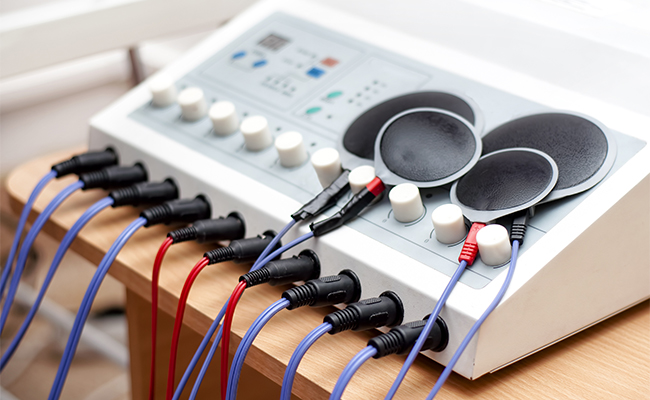
New policy to boost India’s medical device industry
In a move to strengthen the Indian medical devices industry, the Department of Pharmaceuticals (DoP) has come up with a National Medical Device Policy (NMDP) 2015, aimed at promoting ‘Make in India’ in this industry by reducing dependence on imports. A draft was issued by DoP on June 3, 2015, seeking comments prior to implementation. The policy intends to set up a strong base for manufacturing of medical devices in India, especially for the affordable variety. It comes during a time when the aforesaid industry is dependent on imports from developed nations. According to DoP estimates, global market for medical devices is valued at around $20 billion, with US leading the supply pack with a 45% share, followed by Europe (30%) and Japan (10%). Despite being one of the top twenty markets in the world and fourth-largest in Asia after Japan, China and South Korea, the share of medical devices in the ‘Made in India’ basket is relatively small; the production value being around Rs.39,000 crore. Imports cater to over 65% of the demand for medical devices in India, of which four-fifths are accounted for by medical electronics, surgical and hospital equipment, implants and diagnostic re-agents. With over 800 equipment manufacturers, the Indian medical device industry remains under medium and small-scale enterprise category and is primarily involved in manufacturing of medical supplies/disposables, while the requirement for high-end medical equipment is being met by MNCs on the other side. The medical electronics sector is expected to reach the $2 billion mark in 2015, after having grown at a CAGR of 17% during the last five years. Lack of national regulation helped MNCs overtake the aggrieved lot of domestic device manufacturers, who have regularly suffered from issues related to standardization and certification from the local authority. The Drugs and Cosmetics (Amendment) Bill, 2015, that is currently being designed, will seek to provide some relief, says the policy. The idea is to script a separate chapter for regulation of the complete range of medical devices. Besides this, issues like lack of local manufacturing policy, subsidies, incentives, education in the sector towards encouraging R&D activities, amongst others, are hindering growth of the domestic medical device industry. In view of the policy deficit, the National Medical Device Authority (NMDA) will be responsible for providing a single window mechanism for the domestic industry in order to make it self-sufficient and a global hub of production in the business. Tasks like setting up of mega food parks, supporting and preparing domestic manufacturers against foreign competition, and helping Indian businesses scout for business partners abroad, etc., are also on its agenda. Based on NMDA’s recommendations, the government will create and popularize a made in India marking (BIS) specific to medical devices, in line with international standards, set up a Skill Development Committee, give preference to devices manufactured domestically, support institutes like ICMR, CSIR, DeITY, DoP for promoting R&D in the sector, and provide interest subsidy to MSMEs, seed capital and co-funding start-ups. A separate price control mechanism for the medical device industry is expected to be in place through likely inclusion of the product in the list of commodities controlled under the Essential Commodities Act (ECA). In the first phase of implementation of the policy (within six months), the DoP is expected to make public a detailed proposal over creation of NMDA and finalise matters related to NMDA’s budgetary allocations.
June 09, 2015 | 9:03 pm IST.





 to success.
to success.